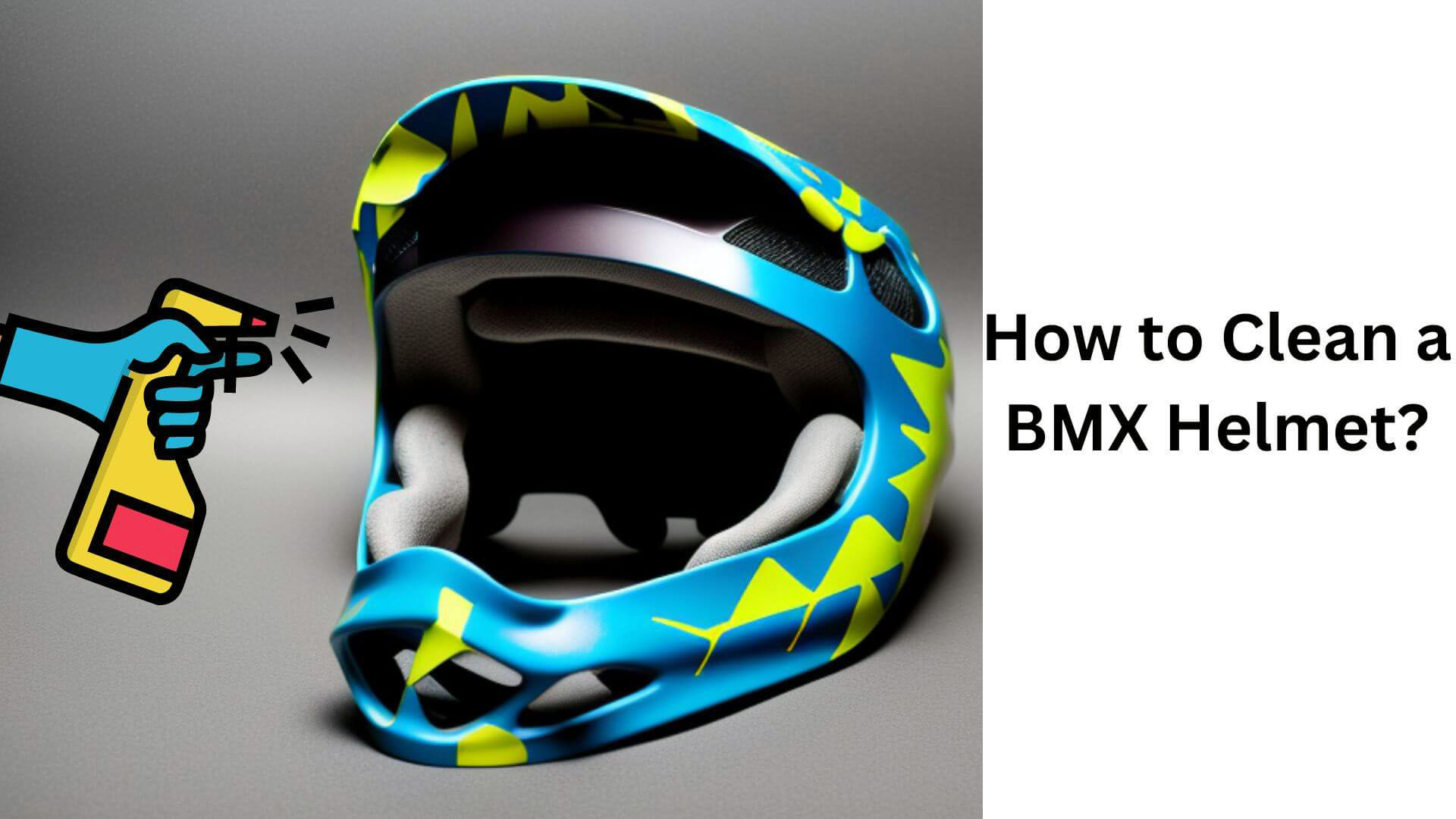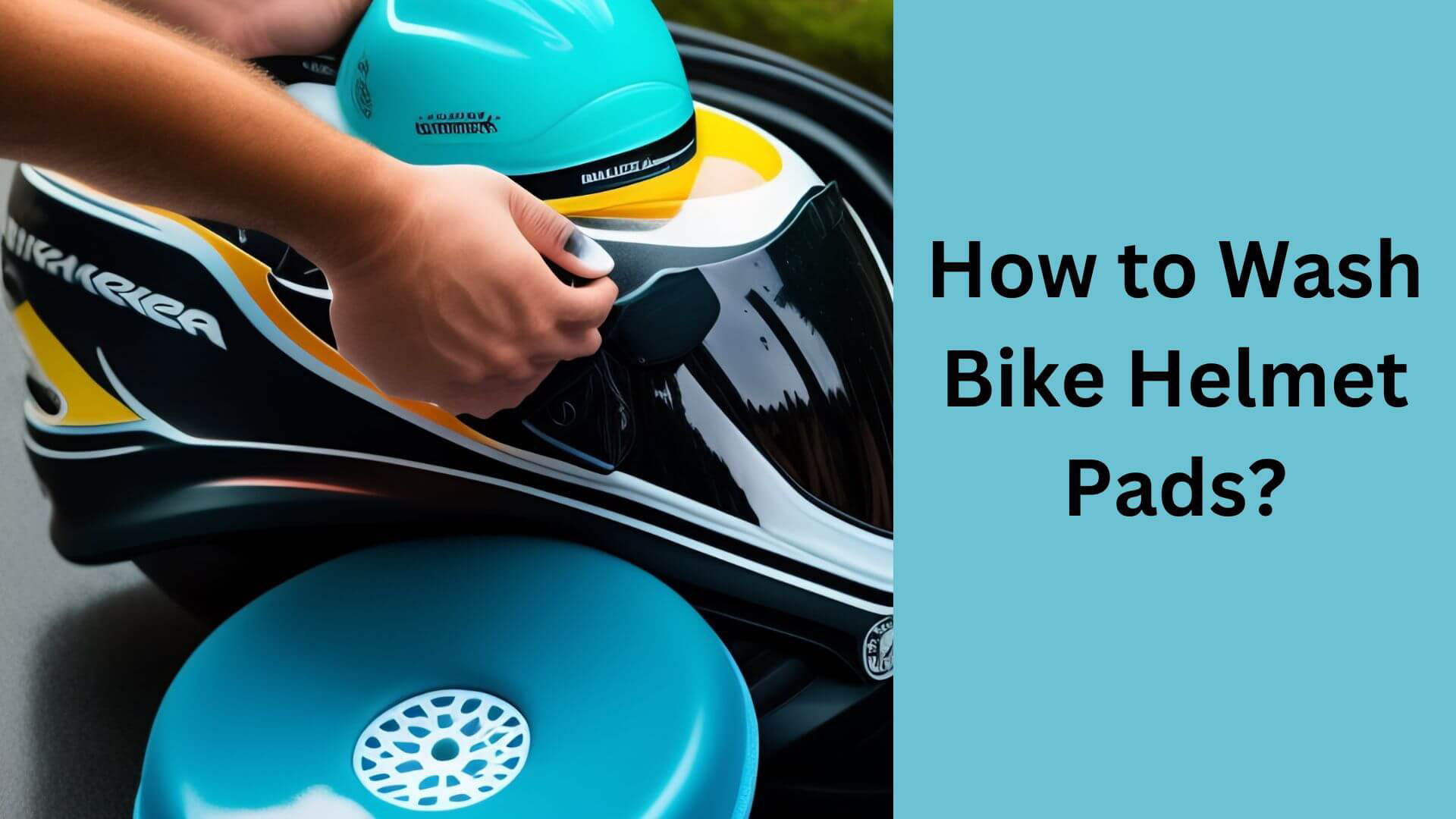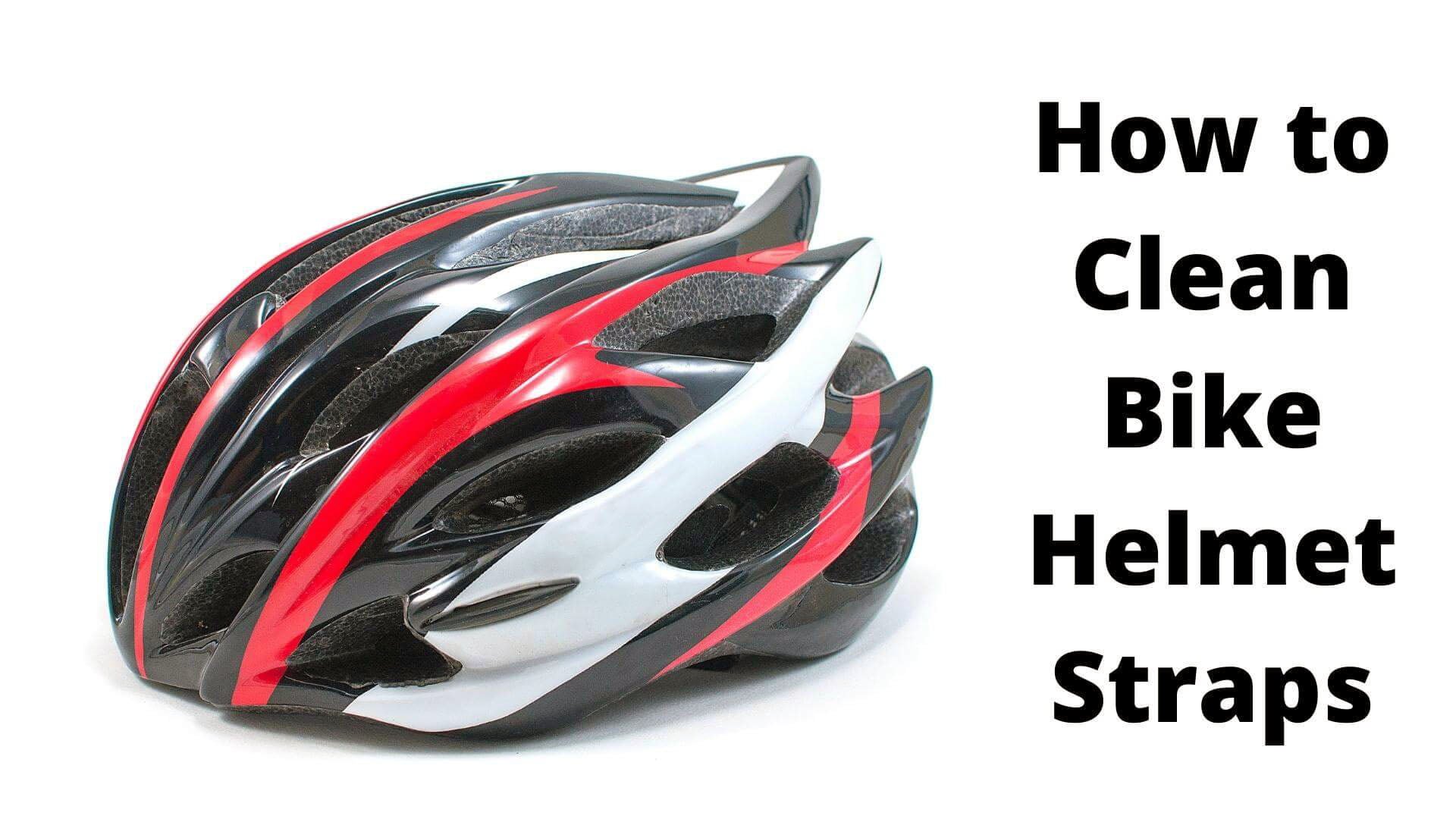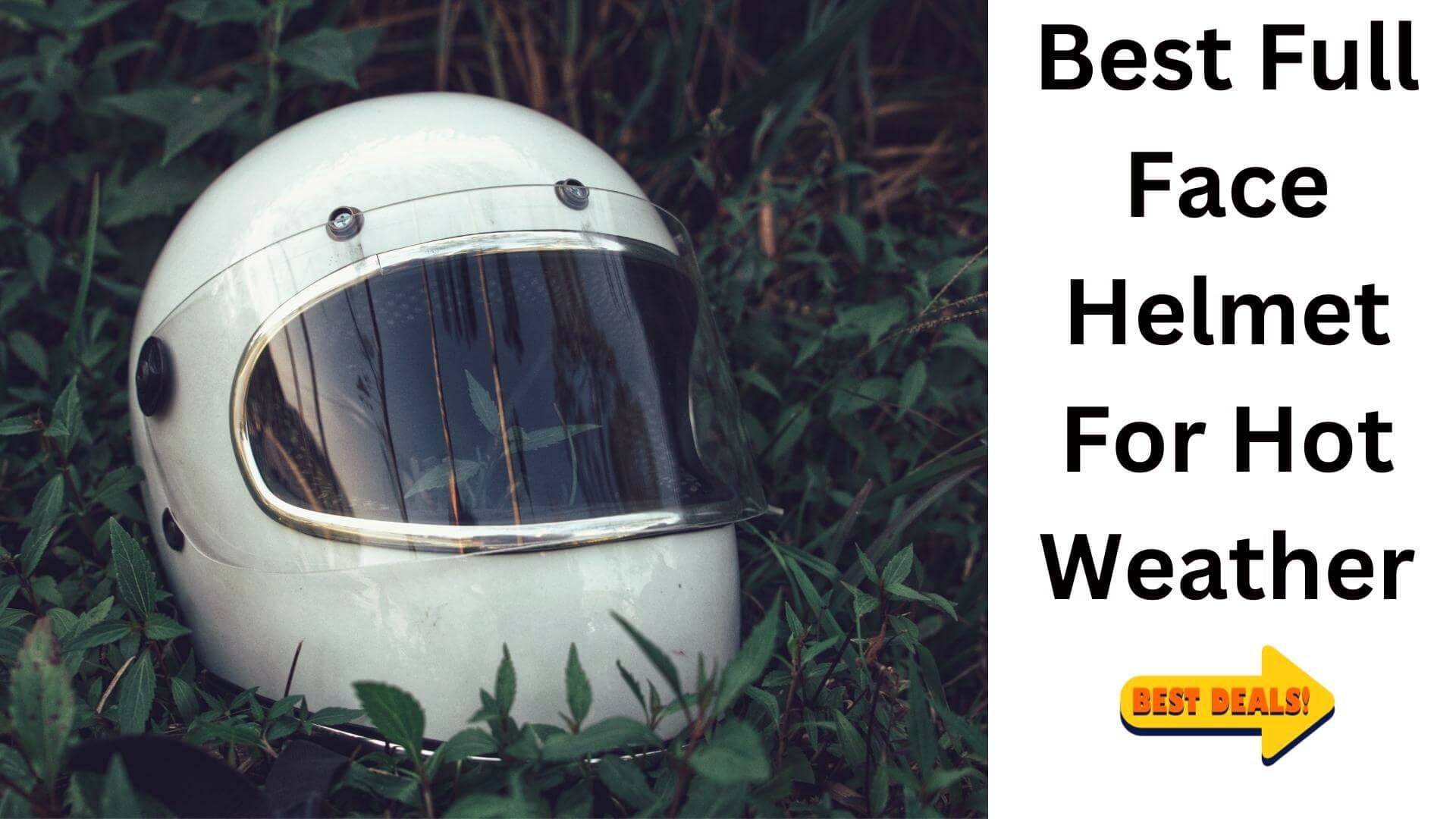How to Keep Ears Warm Under Bike Helmet When Riding In Cold Weather

Keeping your ears warm under your bike helmet is key to keeping them as comfortable as possible. Bike helmets are one of the essential pieces of safety gear you can have, but they can be pretty uncomfortable at times.
Whether you know it or not, staying warm while riding a bike can be challenging in cold weather. In fact, according to the National Weather Service, in some parts of the country, it can be downright dangerous to ride a bike in cold weather due to the risk of frostbite. And, if you’re like many cyclists or bikers, you probably rely on ear warmers to help keep your ears warm.
A bike ear warmer is a small, lightweight device worn on the head. It is made of a soft, warm fabric designed to keep the most sensitive part of the head warm. Ear warmers are an excellent option for days that start cold but are forecasted to warm up.
But, how do you keep your ears warm under a bike helmet? And how do you use them? In this article, I will answer these topics and more.
What is Bike Ear Warmer?
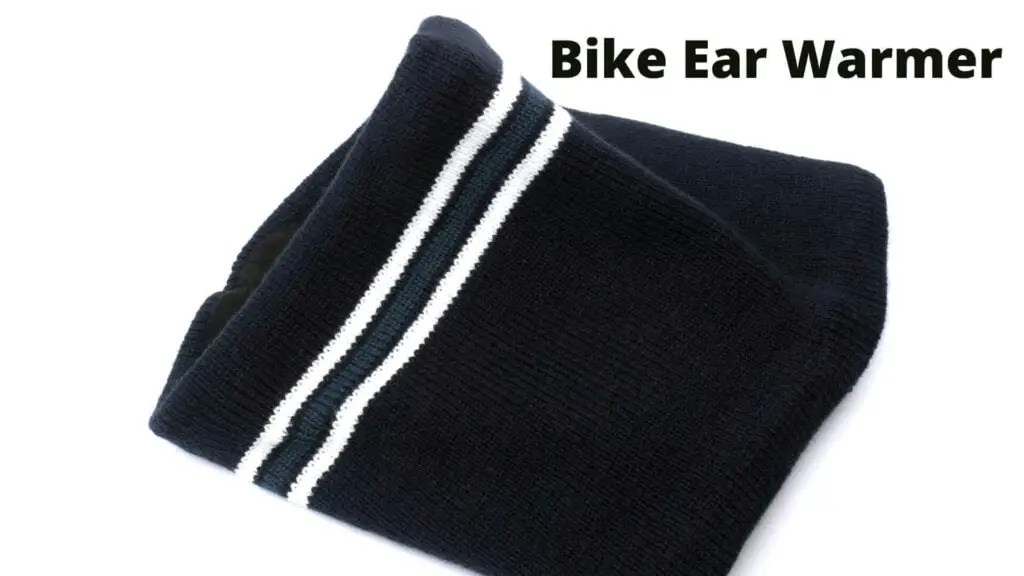
Bike Ear Warmer is a small, lightweight device that attaches to the back of a bike helmet and warms your ears. It is made from durable materials and features an adjustable strap for a comfortable fit. The bike ear warmer also comes with a built-in flashlight for emergencies.
The bike ear warmer is perfect for cold-weather biking. It keeps your ears warm while you ride, making cycling more enjoyable in cold weather conditions. The bike ear warmer also has a built-in flashlight for emergencies, so you can be safe while cycling at night or in dark areas.
Why is it Necessary to Keep Ears Warm?
Keeping ears warm is necessary because the ear is a delicate organ that must protect. It is also essential to keep your ears warm because ear infections can happen if you have cold ears.
Keeping ears warm is essential for many reasons.
- Firstly, it prevents the ear from freezing and becoming frostbitten.
- Secondly, it prevents the ear from drying out, leading to infection.
- Lastly, it keeps ears warm, essential for people who live in cold climates or exercise in cold weather.
Read More: Can You Wear Headphones Under Motorcycle Helmet?
What is the Best Way to Keep Your Ears Warm Under Your Bike Helmet?
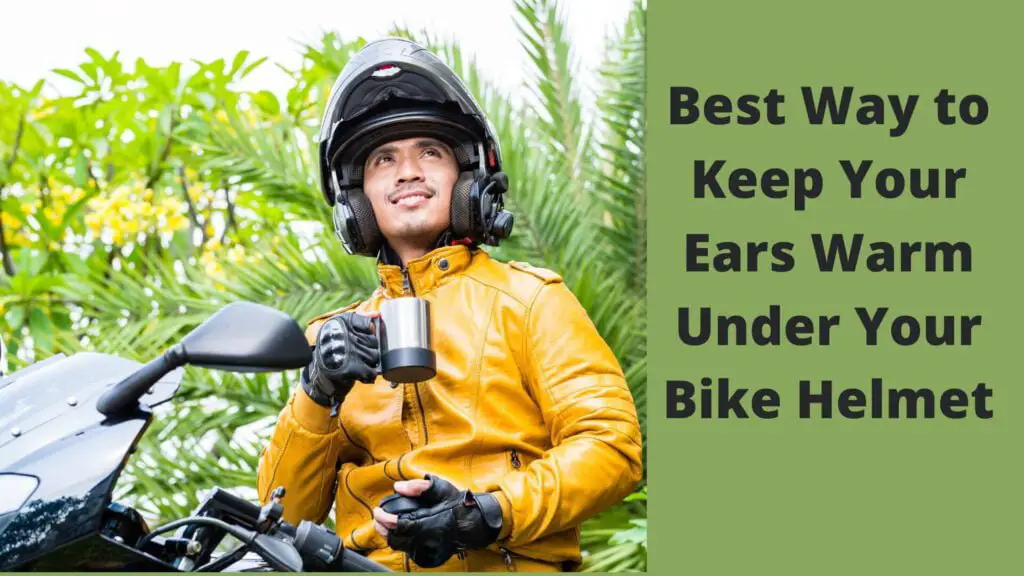
An ear warmer (also called an ear band or headband) keeps the most sensitive part of your head warm with a more negligible effect on your helmet fit and is an excellent option for days that start cold but are forecasted to warm up.
There are a few ways to keep your ears warm while biking. One is to wear a beanie or other head covering. Another is to put a scarf around your neck or use earplugs.
The best way to keep your ears warm under your bike helmet may depend on your type of helmet. For example, if you use an open-face helmet, placing a cloth band over your head will help keep the heat in and prevent any drafts from entering.
If you are using a full-face helmet, try putting a hat on over the top or using ear warmers inside the helmet.
Check Also: Can You Use a Motorcycle Helmet For Snowboarding?
Top 5 Products That Will Keep Your Ears Warm Under Bike Helmet
Check out the things below and see what you like. These are the best products to answer your question about keeping your ears warm when riding a bike.
As an Amazon Associate, I Earn From Qualifying Purchases
1. Lauzq Winter Fleece Ear Warmers Muffs Headband
2. HIG Ear Warmer Unisex Classic Fleece Earmuffs
5. MERIWOOL Unisex Merino Wool Cuff Beanie Hat
1. Lauzq Winter Fleece Ear Warmers Muffs Headband
When the temperature drops, a headband is usually the first thing I reach for. However, headbands come in various thicknesses or weights, with some providing more excellent wind protection and warmth than others.
Headbands are an excellent option because they do not interfere with your bike helmet as much as, for example, a bobble hat would.
They will typically travel from the back of your neck (behind the rim of your helmet), over your ears, and up to just within the front edge of your helmet.
In addition to absorbing sweat from my brow before it drips down my face, I find this front section quite beneficial. I’m aware that it’s a great image.
If you have longer hair, consider this alternative. This item has a ponytail hole in the back, preventing hair from bunching beneath a regular headband and allowing cold air to pass through.
This headband is an excellent option for slightly cooler days. It provides adequate protection for your ears and is soft and comfy.
Pros
- These ear warmers are perfect for keeping your ears warm on cold winter days.
- They come in a variety of colors and styles to suit any wardrobe.
- The fleece fabric is soft and comfortable, providing warmth and protection from the cold.
- The ear warmers are adjustable, so they fit most head sizes.
- The fleece ear warmers are machine-washable and easy to care for, making them a long-lasting investment.
Cons
- Uncomfortable
- Not as warm as claimed
2. HIG Ear Warmer Unisex Classic Fleece Earmuffs
You should visit a store if you still believe young girls in Christmas movies only use earmuffs. They are no longer exclusively made of pink wool and faux fur; there are now a variety of earmuff designs for various uses.
In addition, these are an excellent choice for winter cycling. They solely protect your ears and do not interfere with your helmet.
For example, these HIG Ear Warmer Unisex Classic Fleece Earmuffs are ideal for riding when the weather is mild to reasonably cold.
They are constructed from a soft fleece material that covers the ears and keeps them warm and crisp. When sweating profusely from intense shredding, they may be folded and stored in your jacket pocket.
Most essential, you wear them around your neck, so they do not interfere with your helmet.
This ear warmer is best utilized during the beginning of the season when temperatures are mild to chilly. It is ideal for both commuting and trail riding. They do not restrict road noises; therefore, walking on the street is safe.
Pros
- You can choose from many colors.
- Only the ears are covered.
- Excellent for all types of cycling.
Cons
- You cannot utilize it throughout the winter or during freezing weather.
3. BALEAF Thermal Skull Cap
As the weather gets colder, you must ensure that your head and ears stay warm. So the next step is to get a skull cap. This thin, tight-fitting hat goes over the head and, in our case, down over the ears.
Skull caps are great because they don’t get in the way of your helmet and keep you warm and wind-proof. They stop sweat from running down your forehead just like headbands do.
This one is just right. Made of a wicking fabric that is stretchy and soft on the inside. It fits nicely under your bike helmet and keeps you from getting “cycling helmet hair” (or is that just me?)
It’s suitable for both men and women, and the back has a hole for a ponytail.
Pros
- The Baleaf Thermal Skull Cap provides increased heat protection, allowing you to stay warm in cold weather conditions.
- The Baleaf Thermal Skull Cap does not produce any fogging, so you can stay comfortable and avoid any discomfort.
- The Baleaf Thermal Skull Cap is made from durable materials, which means it will last a long time.
Cons
- It can be challenging to adjust the size of the cap.
- The skull cap can be itchy.
4. Balaclava Ski Mask
If you ride a bike, you already have a warrior’s speed, skills, and accuracy from long ago. So why not dress like a ninja and fight the cold winter air like one?
Yes, a balaclava is a great way to get ready for a winter ride, especially early in the morning, because it covers your ears, face, and shoulders. It keeps your ears warm and keeps the cold out.
Except for the eyes, but you’ve got goggles for that. Plus, they fit well with the helmet and give you the best protection while cycling in the winter.
The Tough Headwear Balaclava is the best way for cyclists to stay warm while riding in the winter. It keeps warm air inside and your ears and faces warm, even on the coldest rides through snowy forests or mountain trails.
The balaclava is a challenging piece of headwear that works best when it is cold. They are the best way to stay warm in cold, windy, or snowy weather. They work well in snowy and stormy conditions.
Pros
- Good protection from wind and bad weather.
- Doesn’t interfere with the helmet.
Cons
- Some people might feel like the wrap is a little too tight.
5. MERIWOOL Unisex Merino Wool Cuff Beanie Hat
On a cold winter morning, no one can dispute the comfort of a warm, squishy beanie. These are a more robust variation of skull caps. Hell, if possible, everyone would wear one year-round if they could.
For cycling, it is the same. A well-knit beanie is an excellent method to keep your ears toasty on an early-morning bike ride, and the level of comfort they may bring is beyond description.
How can one maintain warm ears while cycling? Whether cycling to work, heading for a ride, or about to shred in your local bike park, don’t forget to wear a beanie to keep warm air circulating and your ears warm.
During morning riding routines, the MERIWOOL unisex merino wool cuff beanie is excellent for the ears. They are thick enough to keep warm air inside and not too thick to interfere with your helmet.
It is constructed from an ultra-soft, itch-free fabric to ensure maximum comfort so that you may continue pedaling without worrying about overheating.
Adaptive clothing technology allows these beanies to be worn throughout the entire winter, whether on the coldest days or only on chilly and windy days.
Pros
- The design is seamless and streamlined to fit well under the helmet.
- Prevent you from being excessively cold or hot.
- Moisture absorbing.
Cons
- Not very flexible. Can securely encircle a giant head.
What are Some Tips For Keeping Your Ears Warm Under Your Bike Helmet?
Here are a few tips to keep your ears warm under your bike helmet:
- Wear a beanie or other head covering when the weather is cold. This will help keep your ears warm and prevent drafts from entering the helmet.
- Put a scarf around your neck to keep your neck and ears warm.
- Wear a bike helmet that fits well.
- Use earplugs if you are uncomfortable with the noise level of the bike.
- Try using a full-face helmet instead of an open-face helmet when it is cold outside. This will help avoid any drafts from entering and keep your head warmer.
FAQS About How to Keep Ears Warm Under Bike Helmet
Is it possible to wear a beanie under a bike helmet?
Yes, you can. Many beanies are designed to be worn beneath a bicycle helmet. Make sure you purchase a close-fitting, lightweight, and not too thick beanie to keep your ears warm. If your beanie is too bulky, you’ll need to adjust your helmet a bit for comfort, and then you should be ready to shred on your bike.
Can I wear a hood under my helmet?
A fleece hood or hat is compatible with a helmet but can become wet. Try a combination ski/bike helmet if it’s freezing and wet; ski shops should search for CPSC bike certification. Most allow you to remove some of the insulation, and just a few vents can be opened or closed.
How can you keep children’s ears warm when wearing a helmet?
Under a helmet, a buff can be used as a large headband to assist keep you warmer (and cover ears). You can use a second buff to cover the rear of your head and most of your face. You can use it to warm the neck.
Final Word
Keeping your ears warm under your bike helmet is key to keeping them as comfortable as possible. By following these simple tips, you should be able to stay safe and comfortable while riding your bike. Thanks for reading!

Hey, I’m Hrithik Hossain. I am the head of helmethacks.com, which specializes in safety helmets. I am looking to connect with anyone interested in purchasing a helmet or who has any questions about different types of helmets. I have over 8 years of experience as a helmet expert, and I can’t wait to help you find the perfect helmet for you. I can help you with any questions regarding helmets, from the best brands to fitting, style, and more! I really enjoy keeping people safe by ensuring they have the best protection possible.

